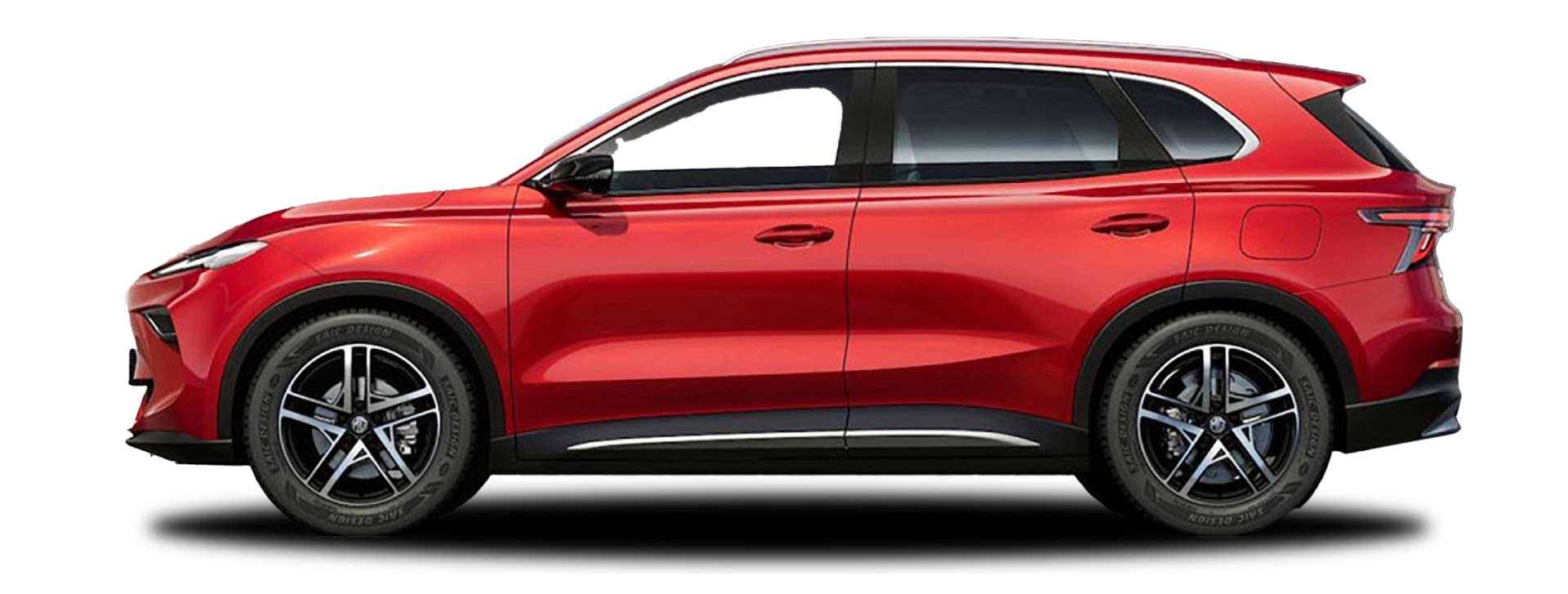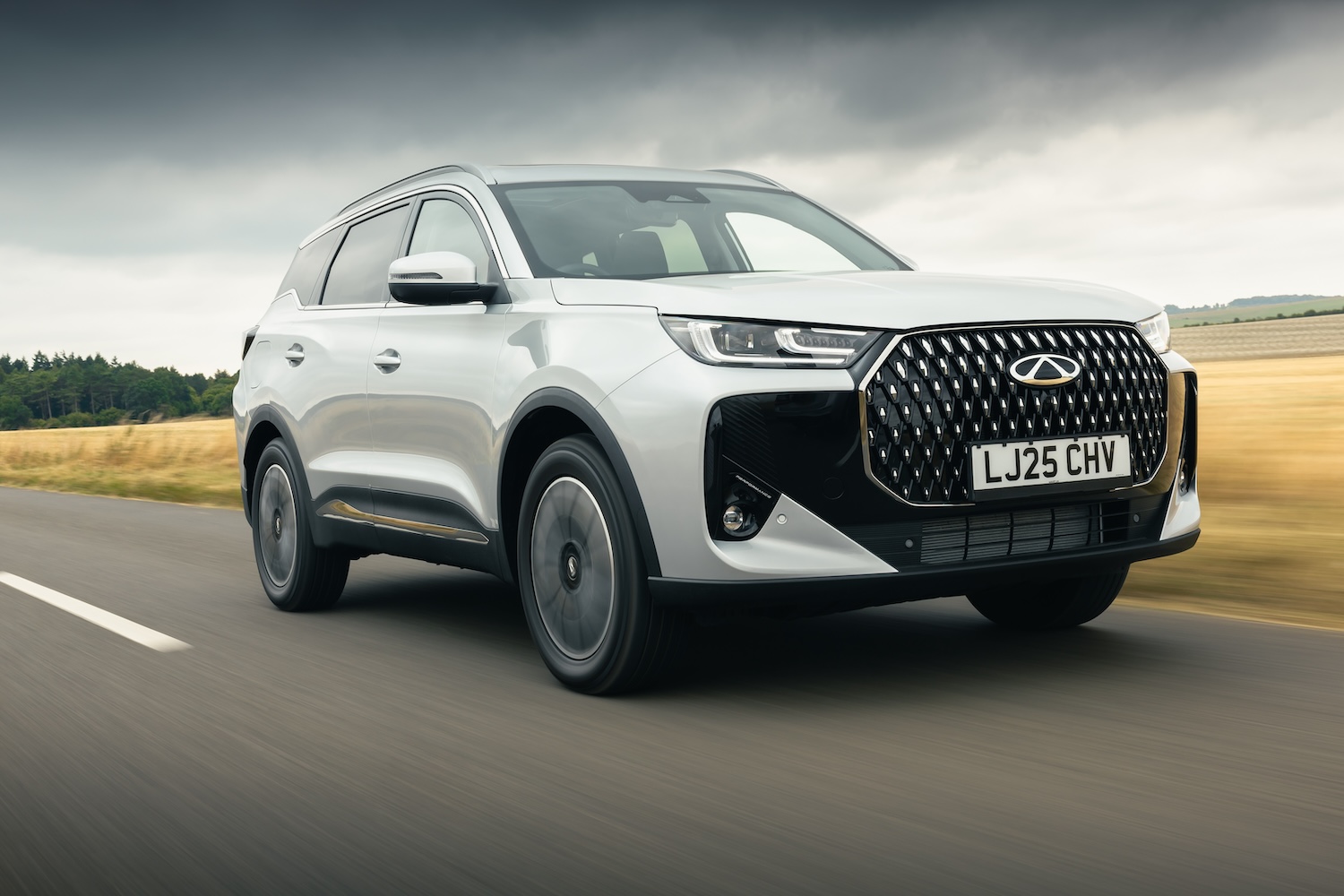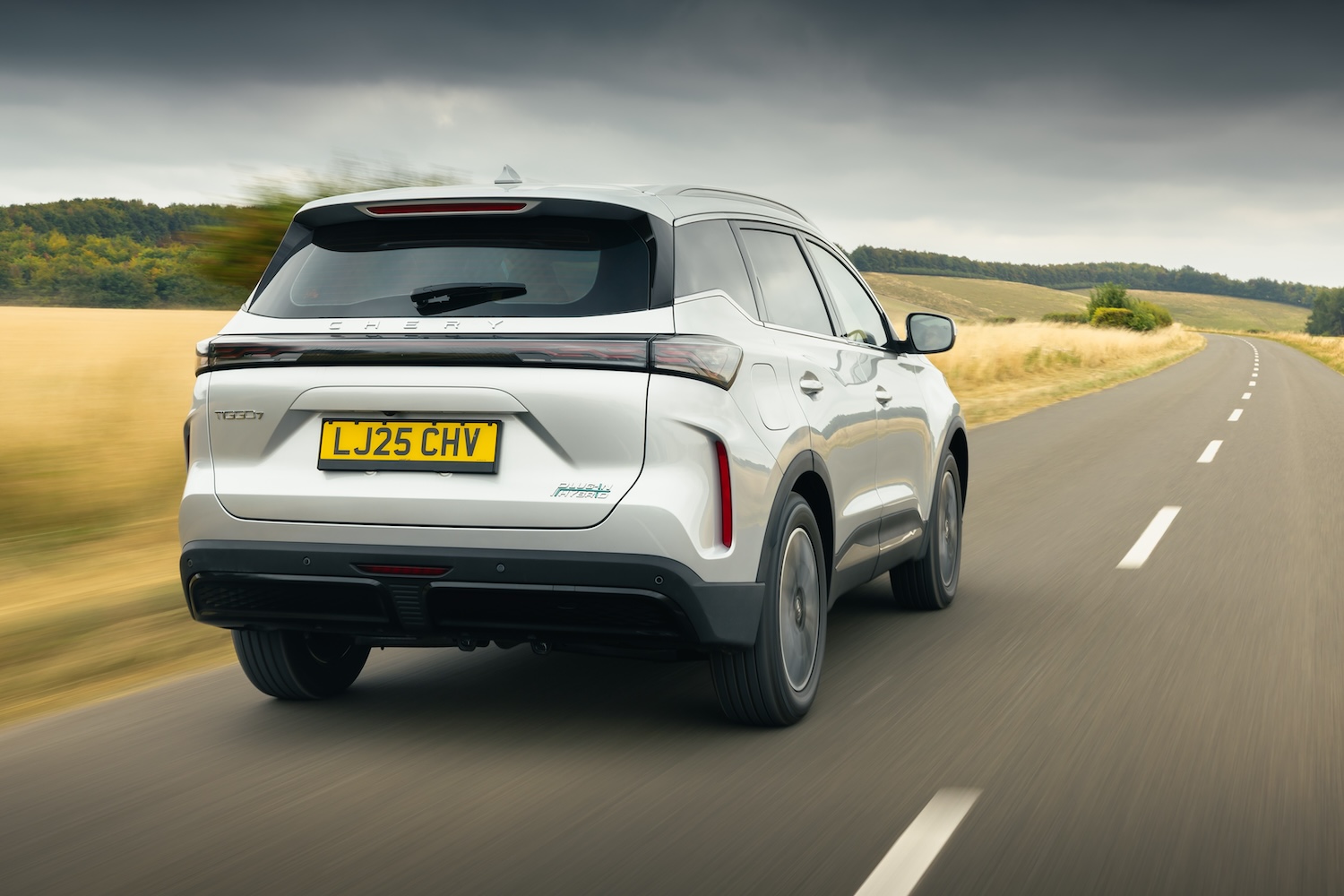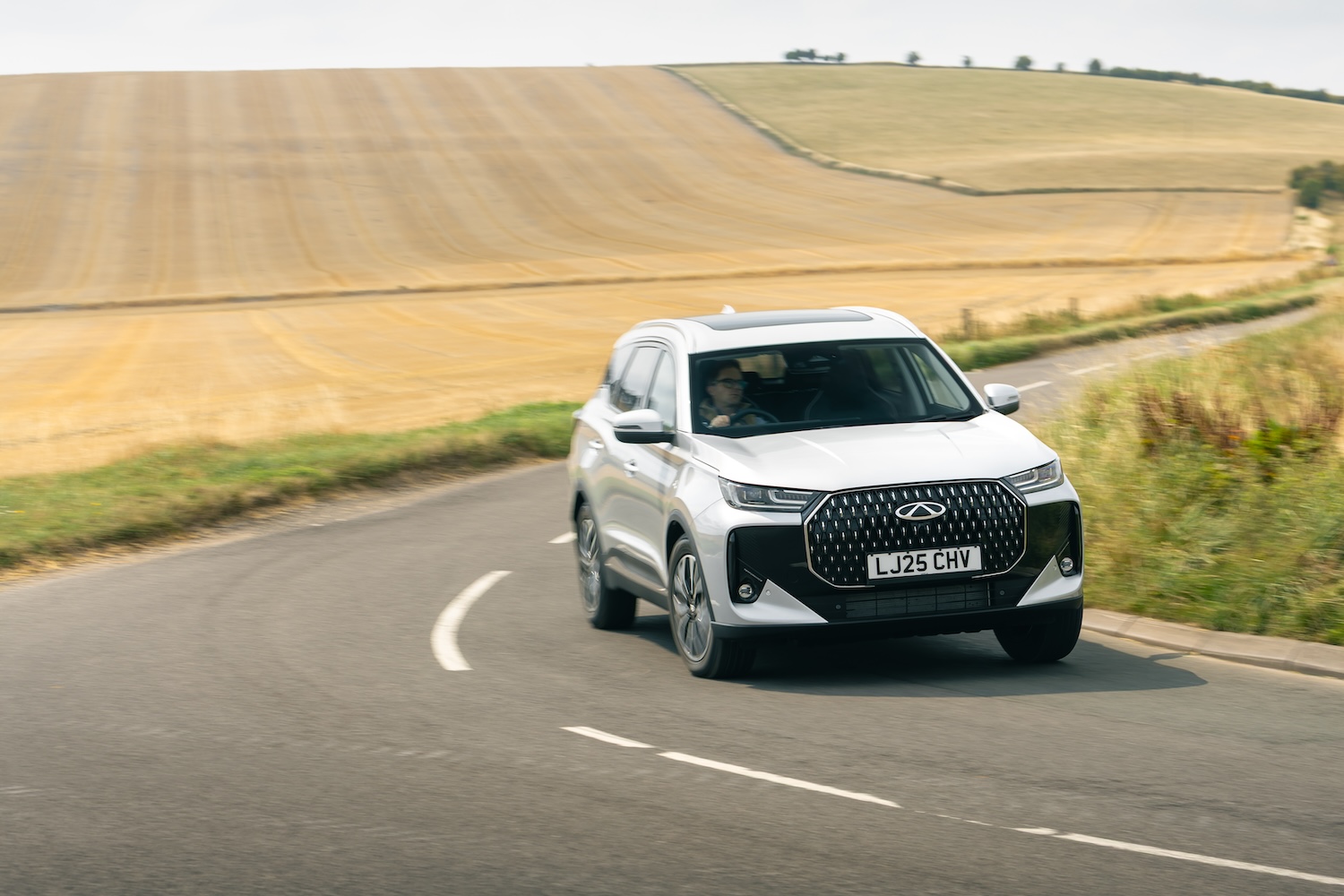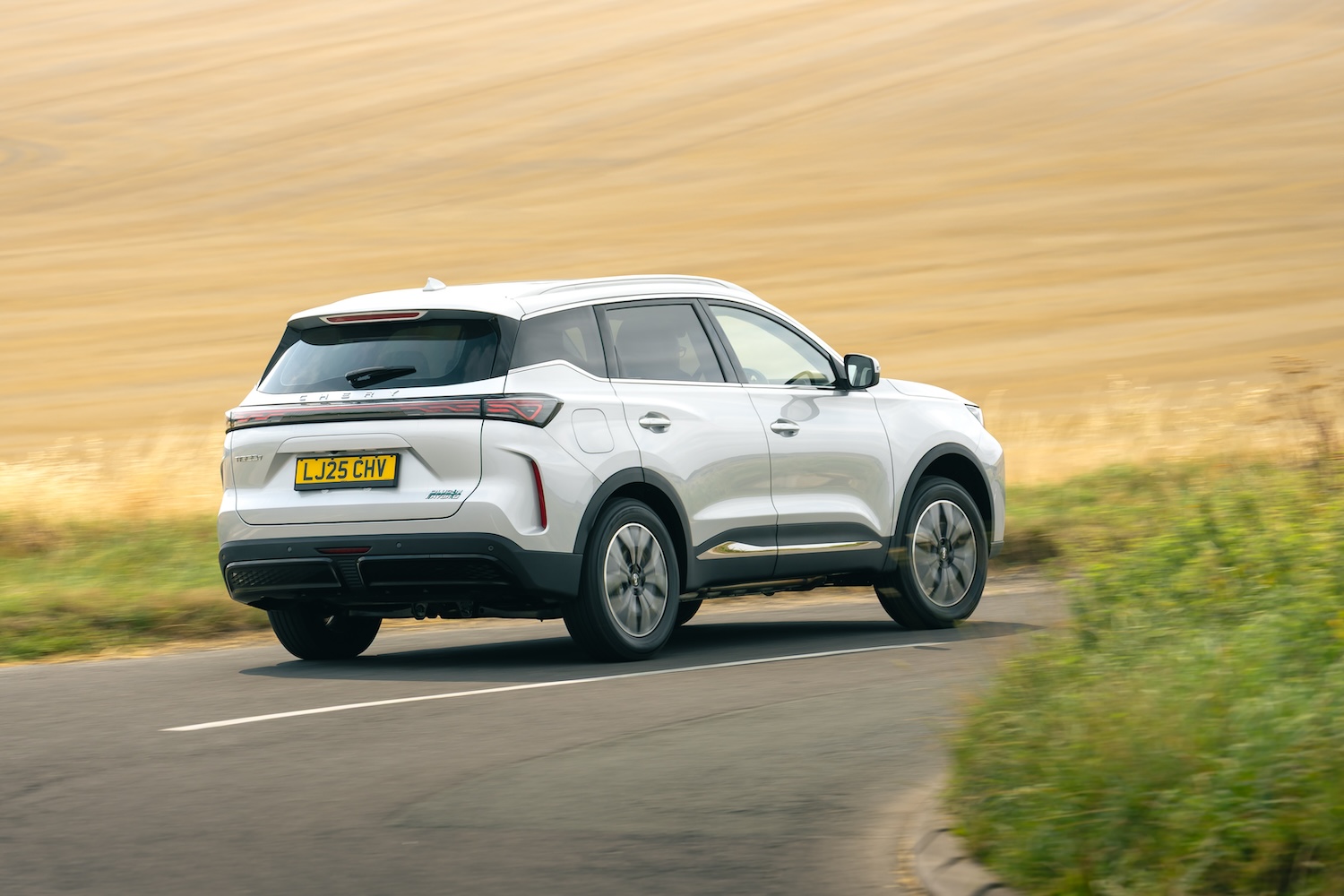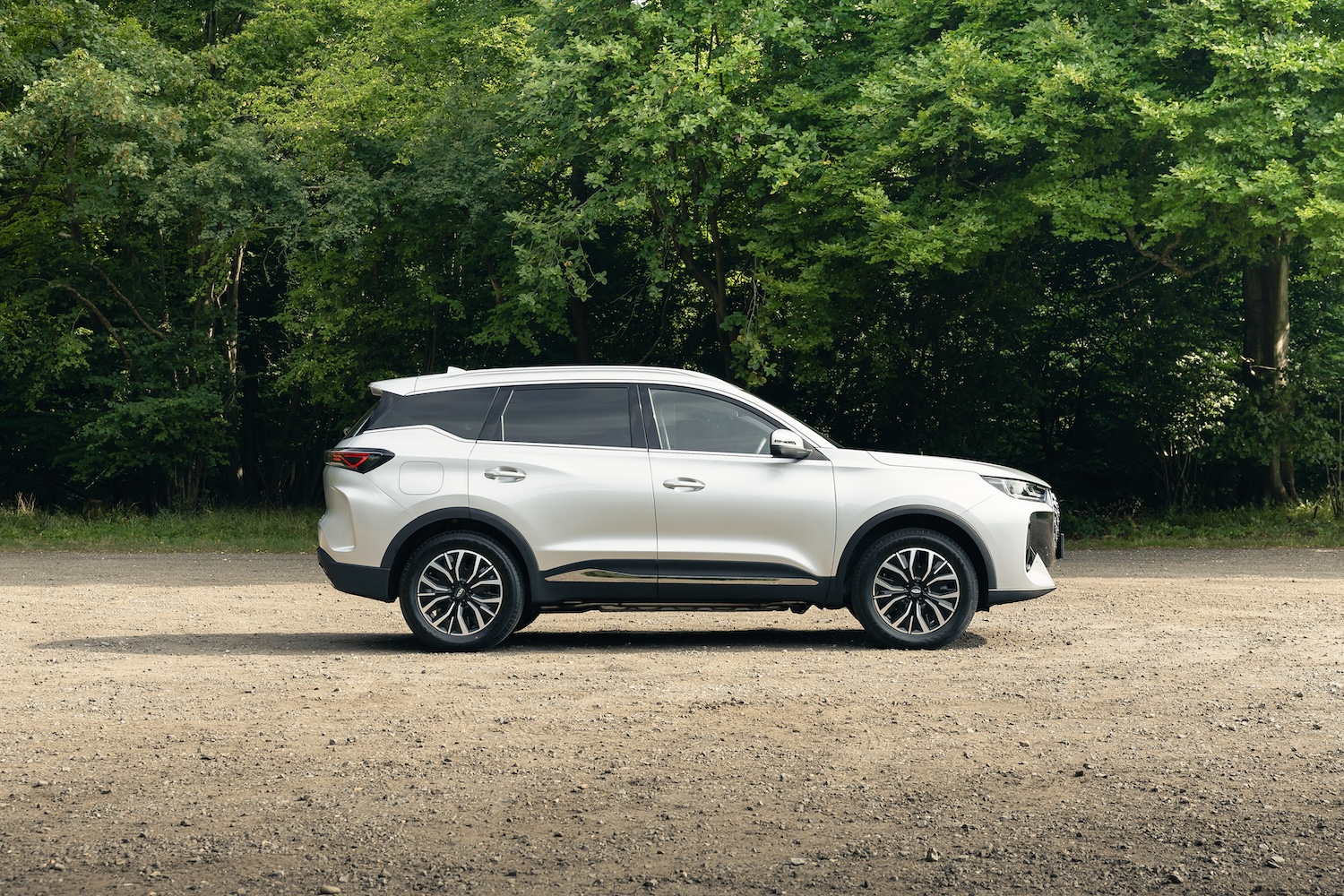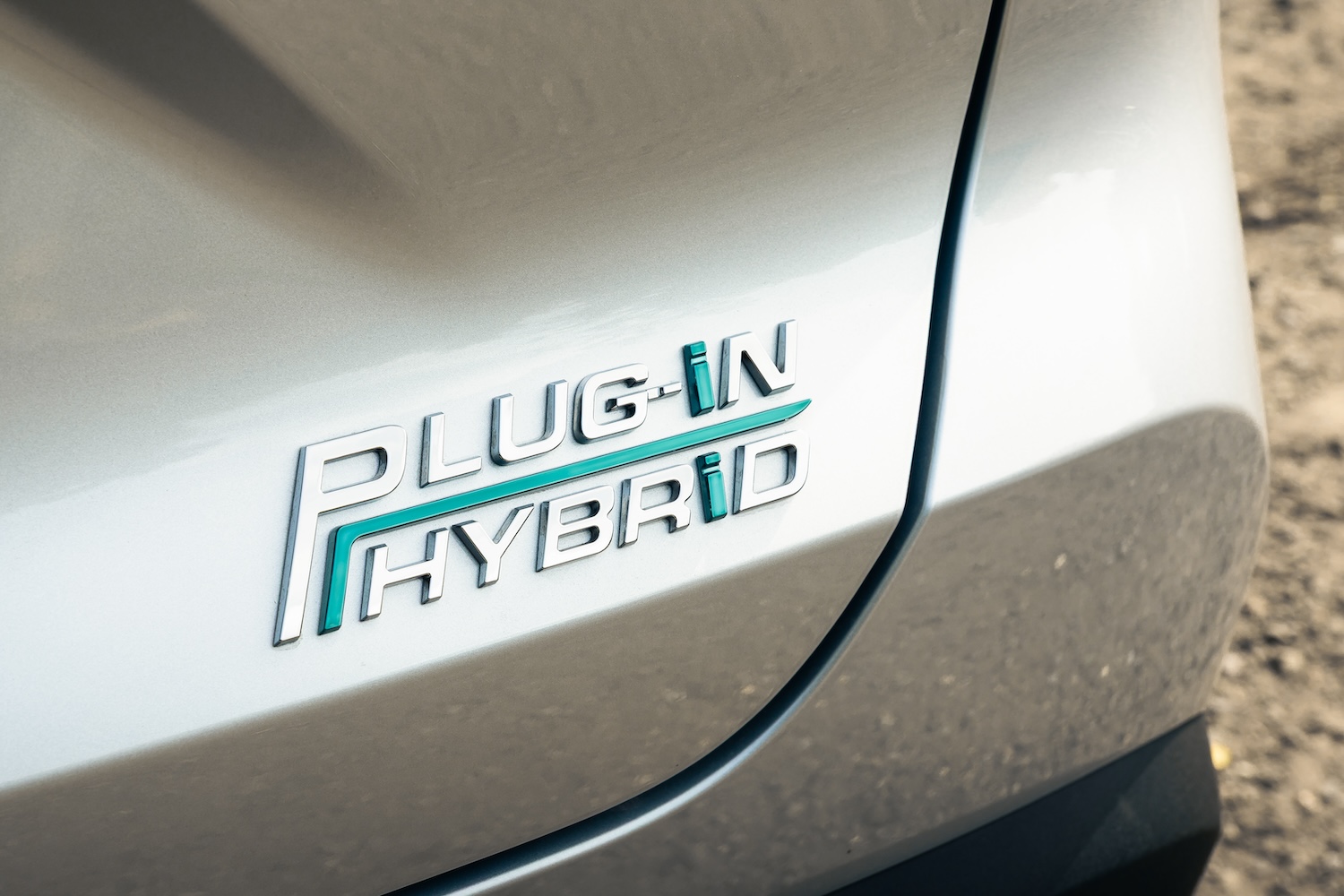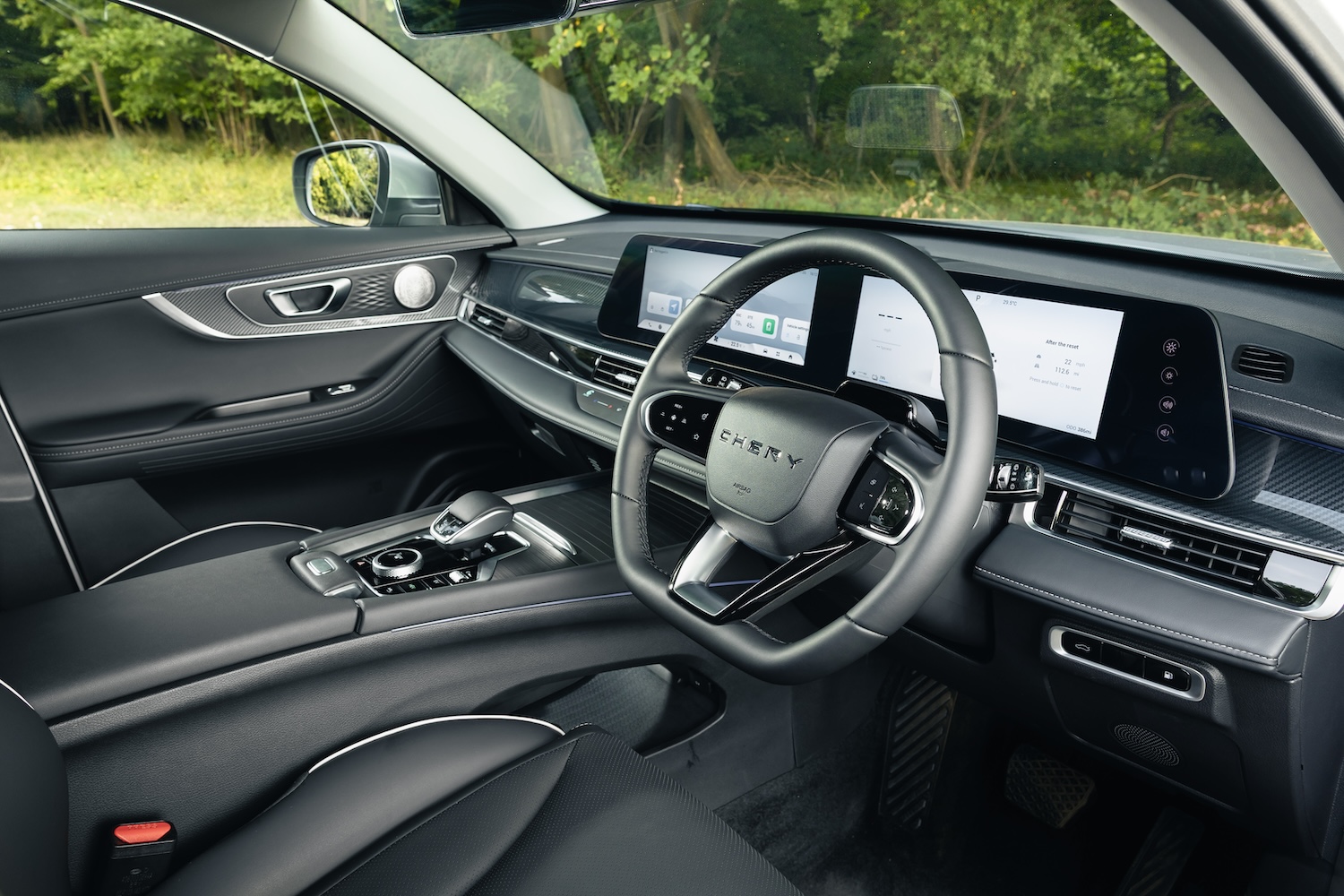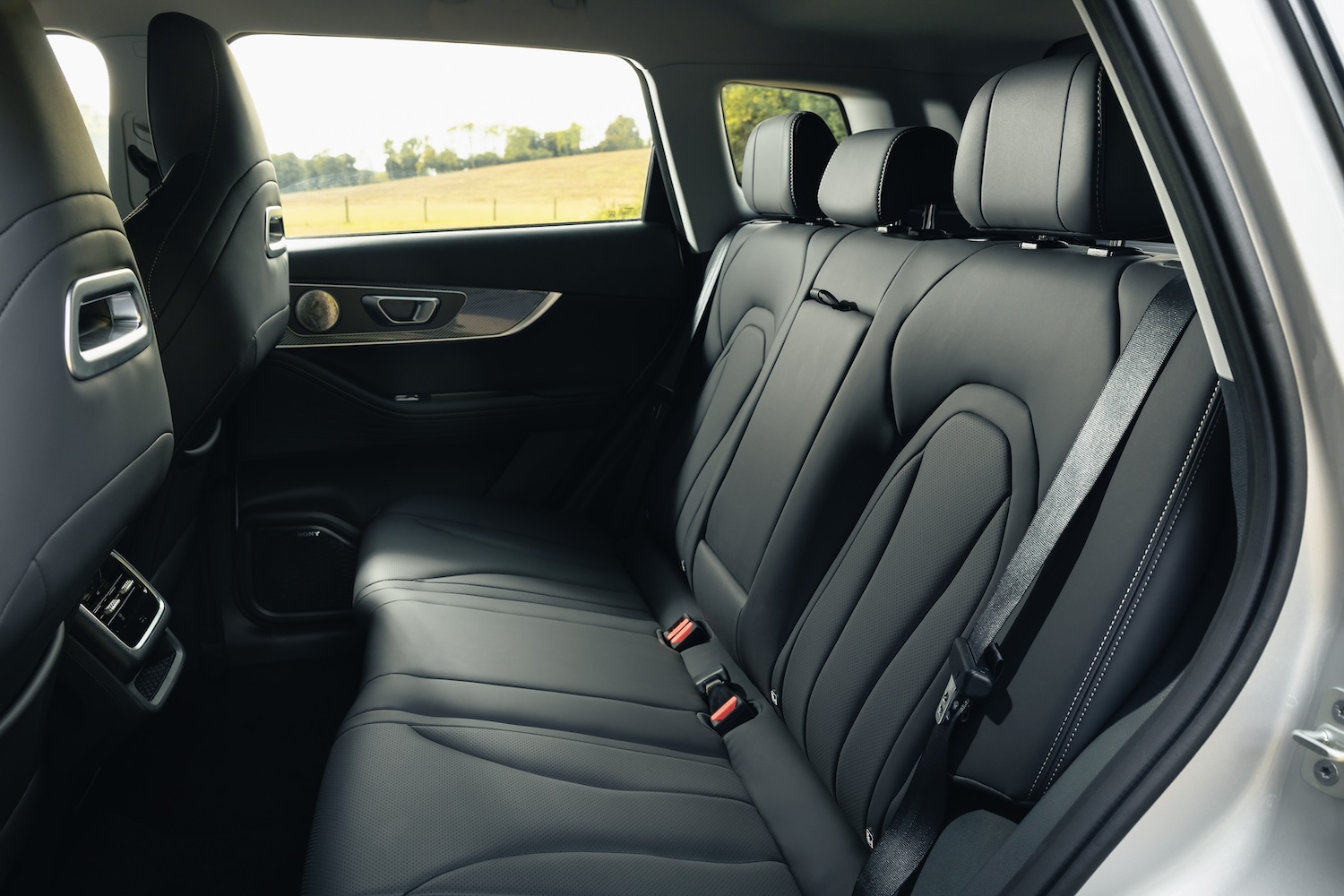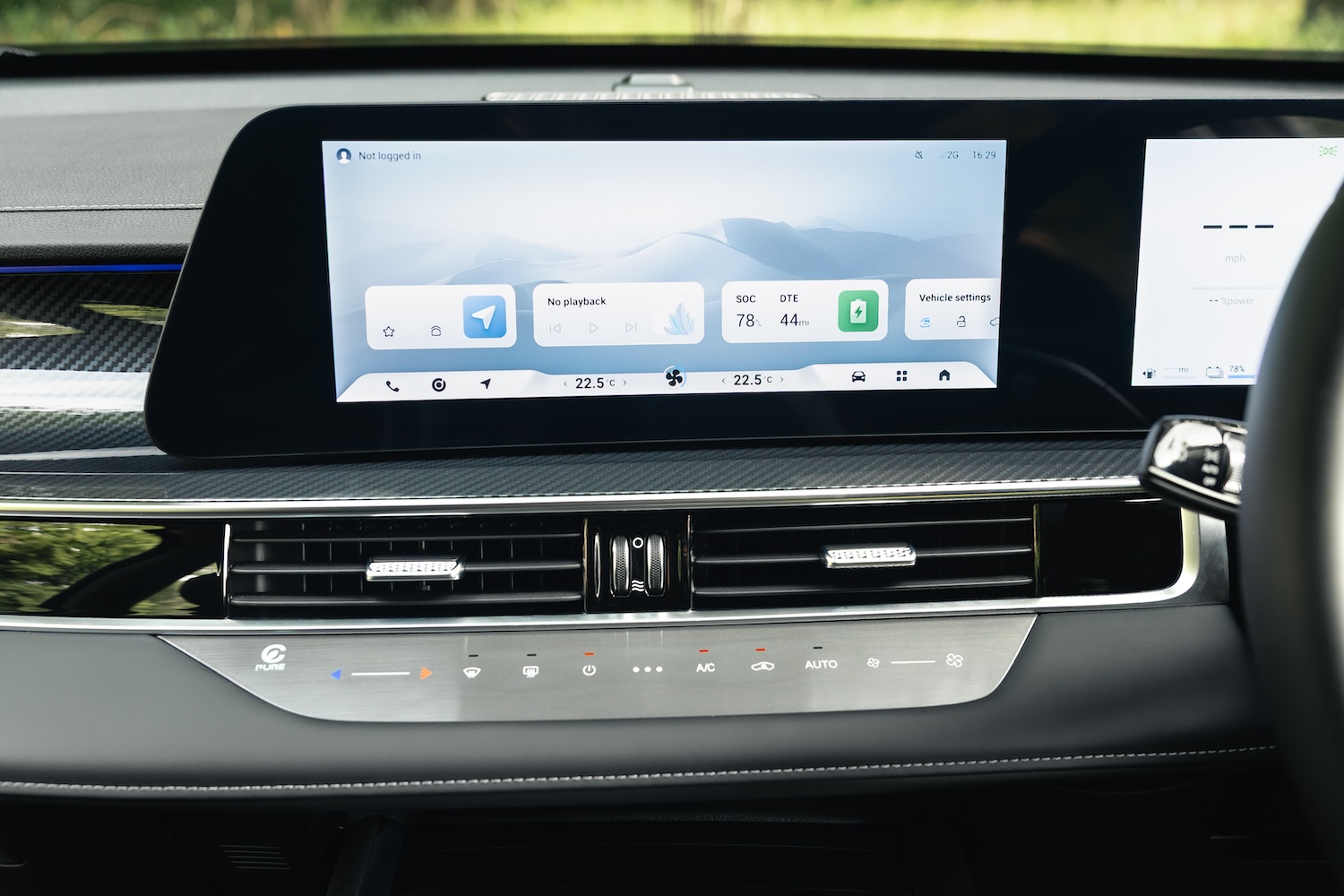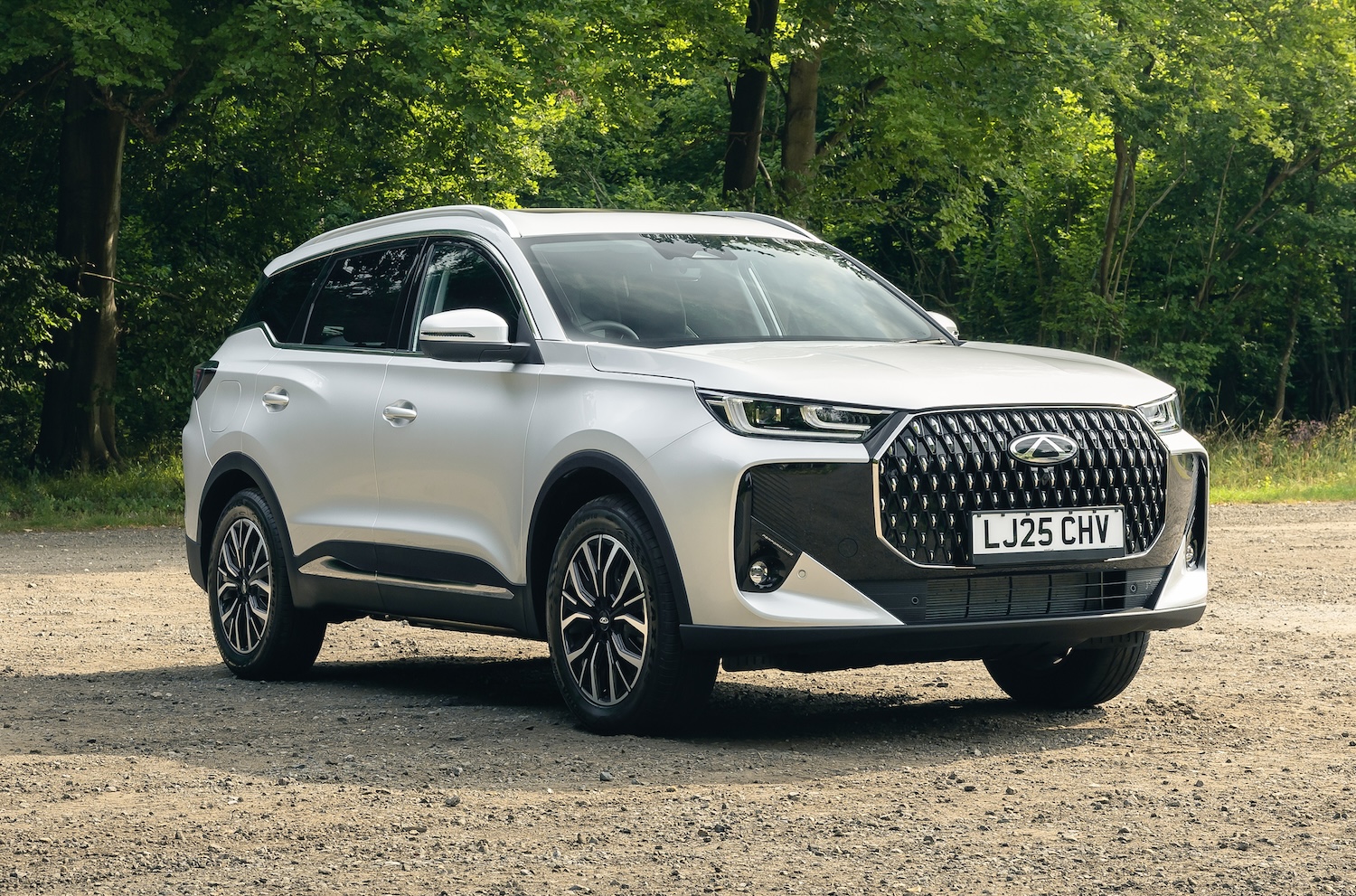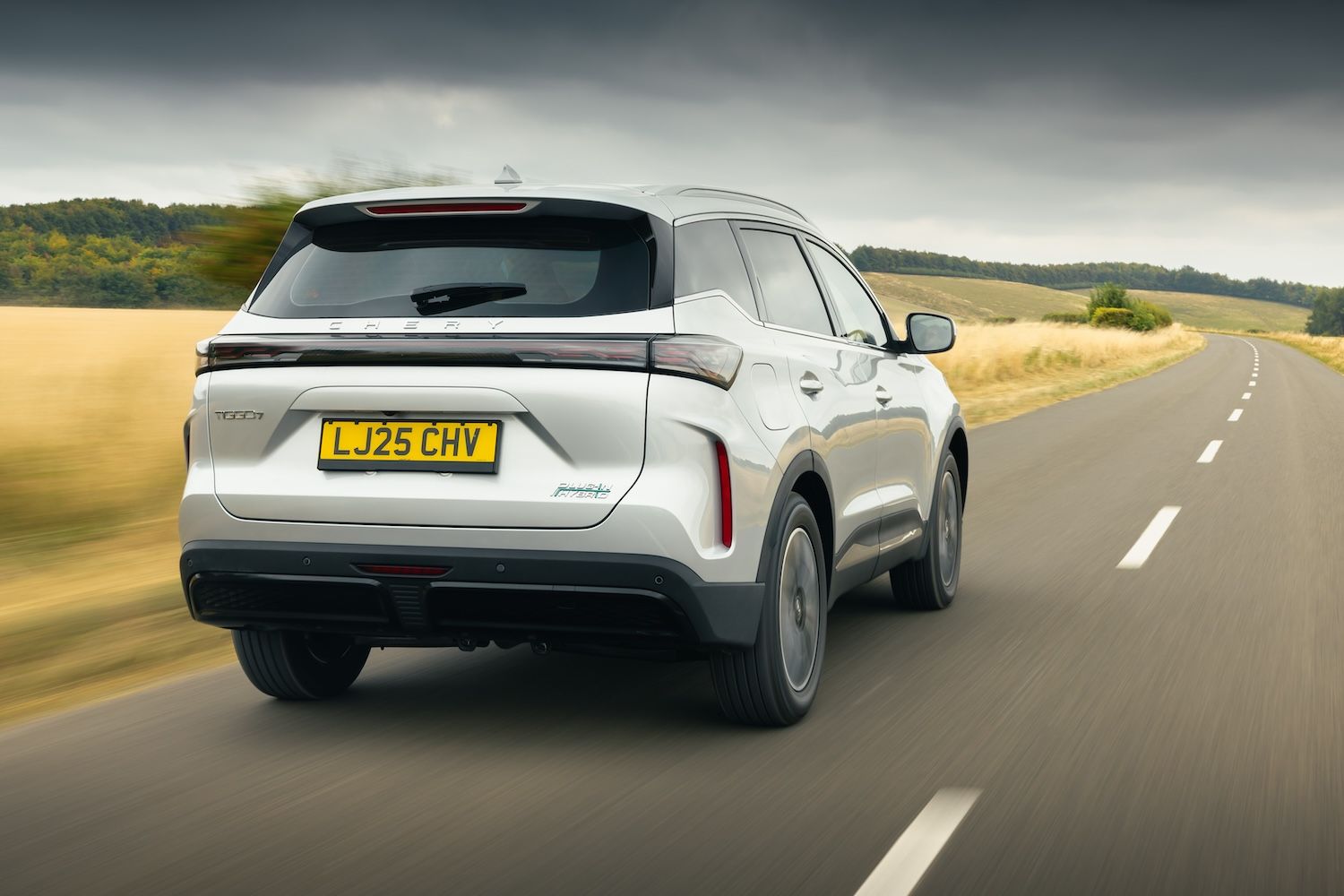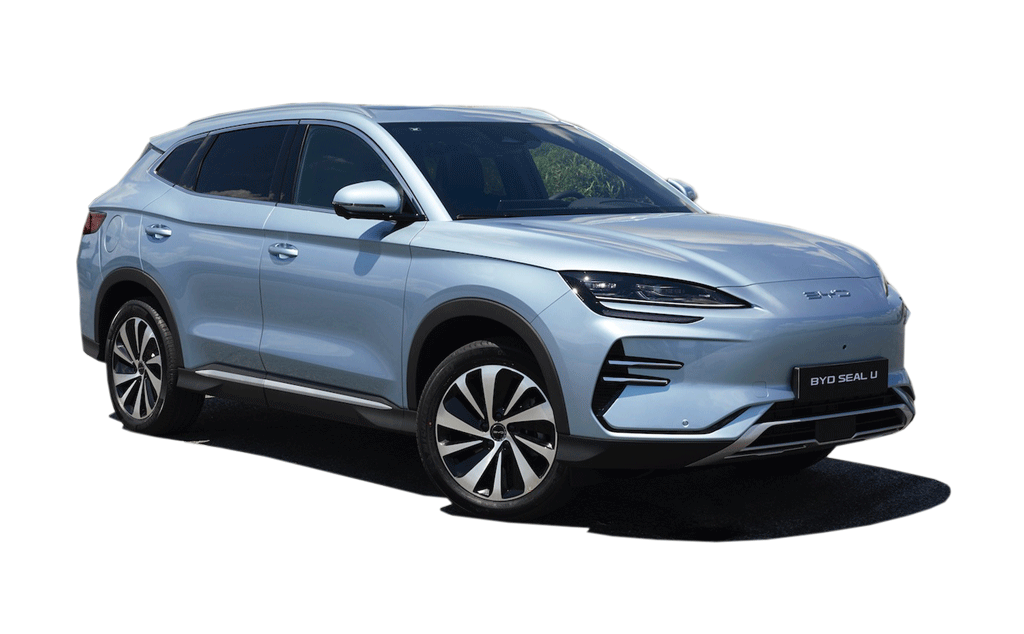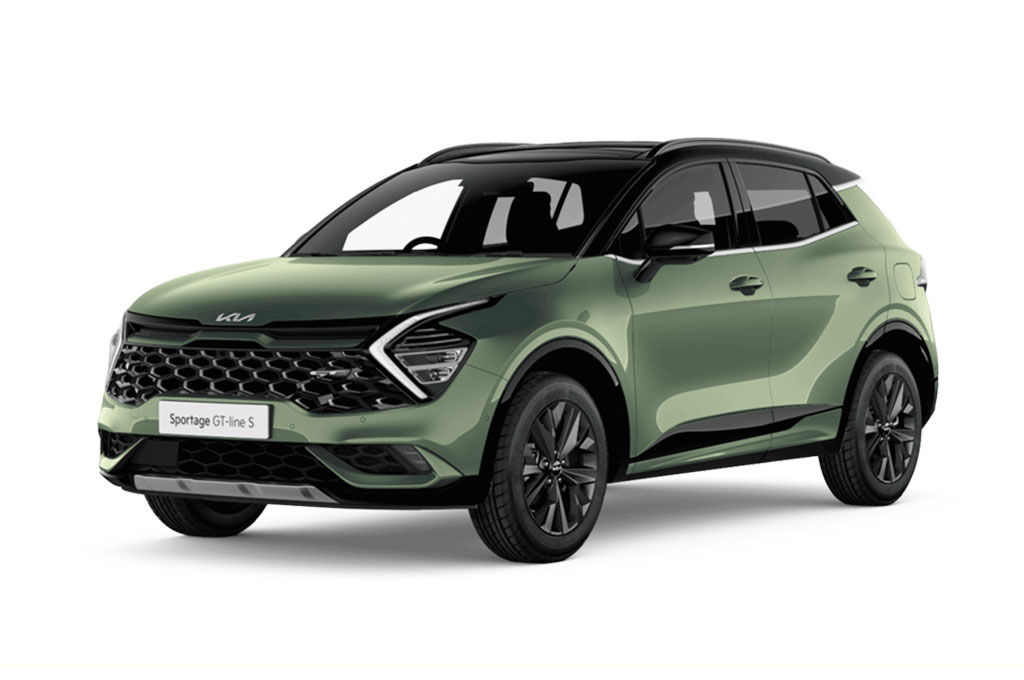Introduction and model history
It just goes to show what a hotbed the UK is for the Chinese right now as Chery has already had some foundations here with its Omoda and Jaecoo brands. Those two marques have made some pretty impressive waves into the UK car market – dealers are queuing up for a franchise, and the Range Rover Evoque-aping Jaecoo 7 was August 2025's best-selling plug-in hybrid. But, clearly, the mother brand wanted a slice of the action itself.
The name Chery is derived from the English word 'cheery' – yes really – while Tiggo references the word 'tiger'. But that's where the cringe stops as the first two cars it has brought to this country are seriously cheap; the Tiggo 7 becomes the UK's cheapest plug-in hybrid SUV, while the larger 8 is the cheapest seven-seat SUV available (and, in turn, is the cheapest seven-seater plug-in hybrid SUV).
Here we're focusing on the Tiggo 7 – a Ford Kuga, Kia Sportage and MG HS type of family SUV offering.
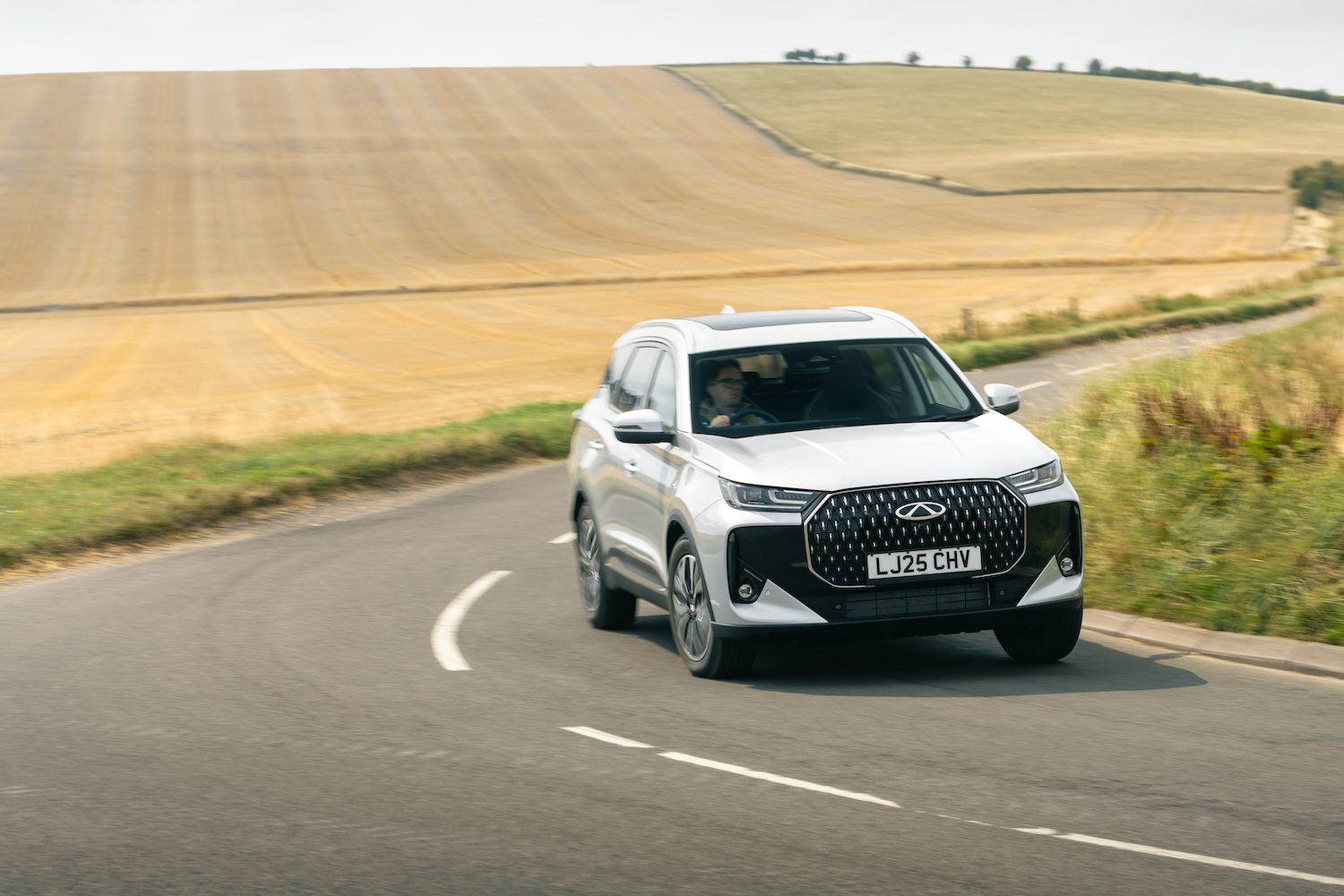
Range, battery and charging
The Tiggo 7 line-up starts with a 1.6-litre turbo petrol for just £24,995. But, as we're interested in plugging in cars here at Electrifying.com, we're focusing on the plug-in hybrid. Branded 'Super Hybrid', it's £5,000 dearer than the pure-petrol model. It pairs a 1.5-litre turbo engine with an 18.3kWh battery and an electric motor for 201bhp and 365Nm of torque.
On paper it’ll cover up to 56 miles on electric power alone; more than a Kia Sportage PHEV, but less than the MG HS PHEV’s 75-mile capability and the 77 miles a Volkswagen Tiguan e-Hybrid can manage. Here's the rub, though – the MG is some £2,250 more expensive, and VW costs a whopping £13,000 more; we saw around 45 miles in real-world driving.
A 30-80-per-cent top-up from a charger takes just 20 minutes, and, rather impressively, it has V2L (vehicle-to-load) allowing you to charge other electrical devices up to 3.3kW.
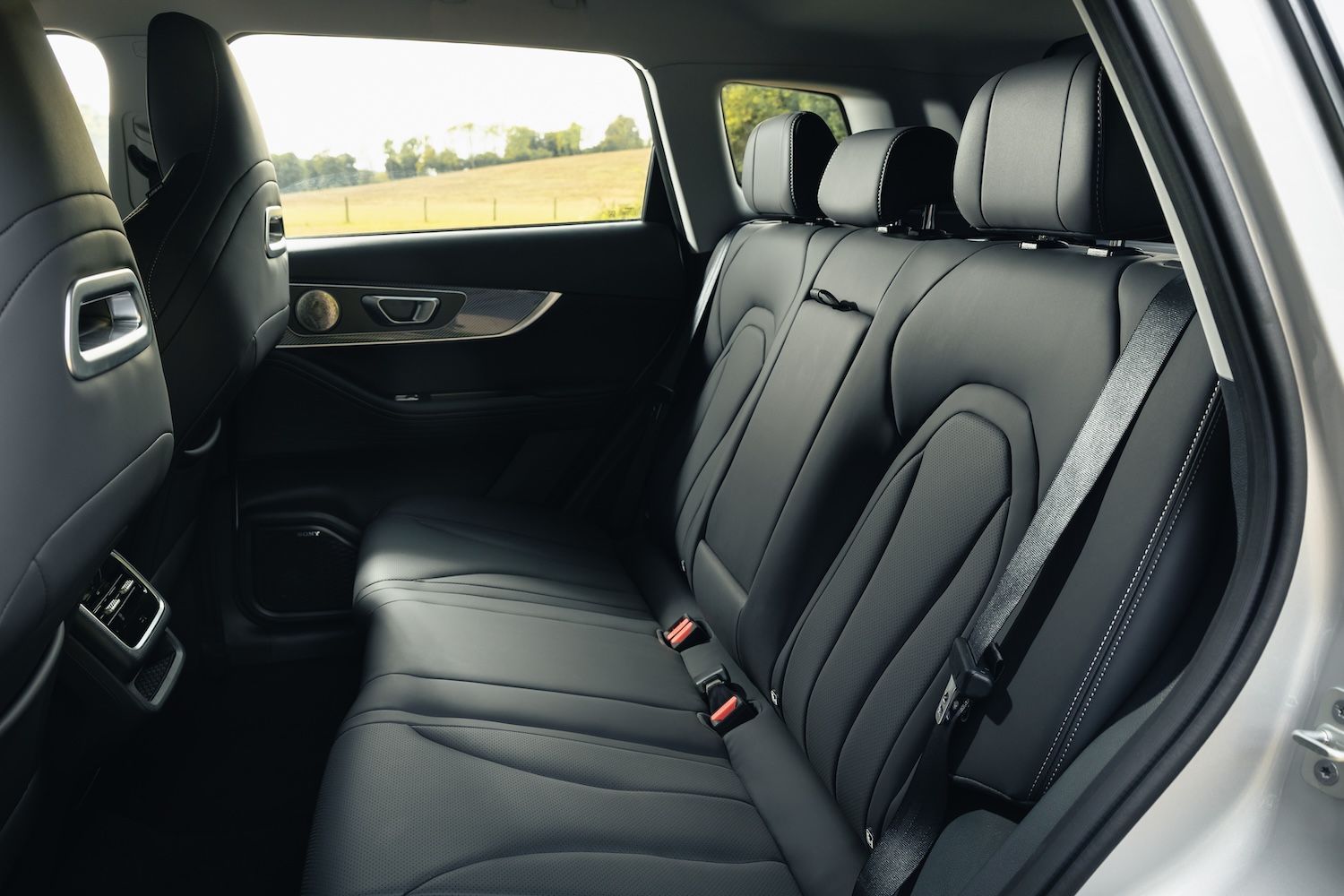
Practicality and boot space
Passenger space is strong, with good head and legroom all round. Back-seat passengers, in particular, have loads of room to spread out thanks to no transmission tunnel, so lanky teenagers will have one less thing to complain about.
But boot space at 426 litres is small by class standards. A Kia Sportage, for example, has 540 litres, and an MG HS PHEV manages 507 litres, so the Tiggo 7 really does come up short. Fold down the rear seats (they split in a 60:40 configuration) and the space swells to 1,672 litres, but again top-sellers like the Sportage beat this with a 1,715-litre capacity.
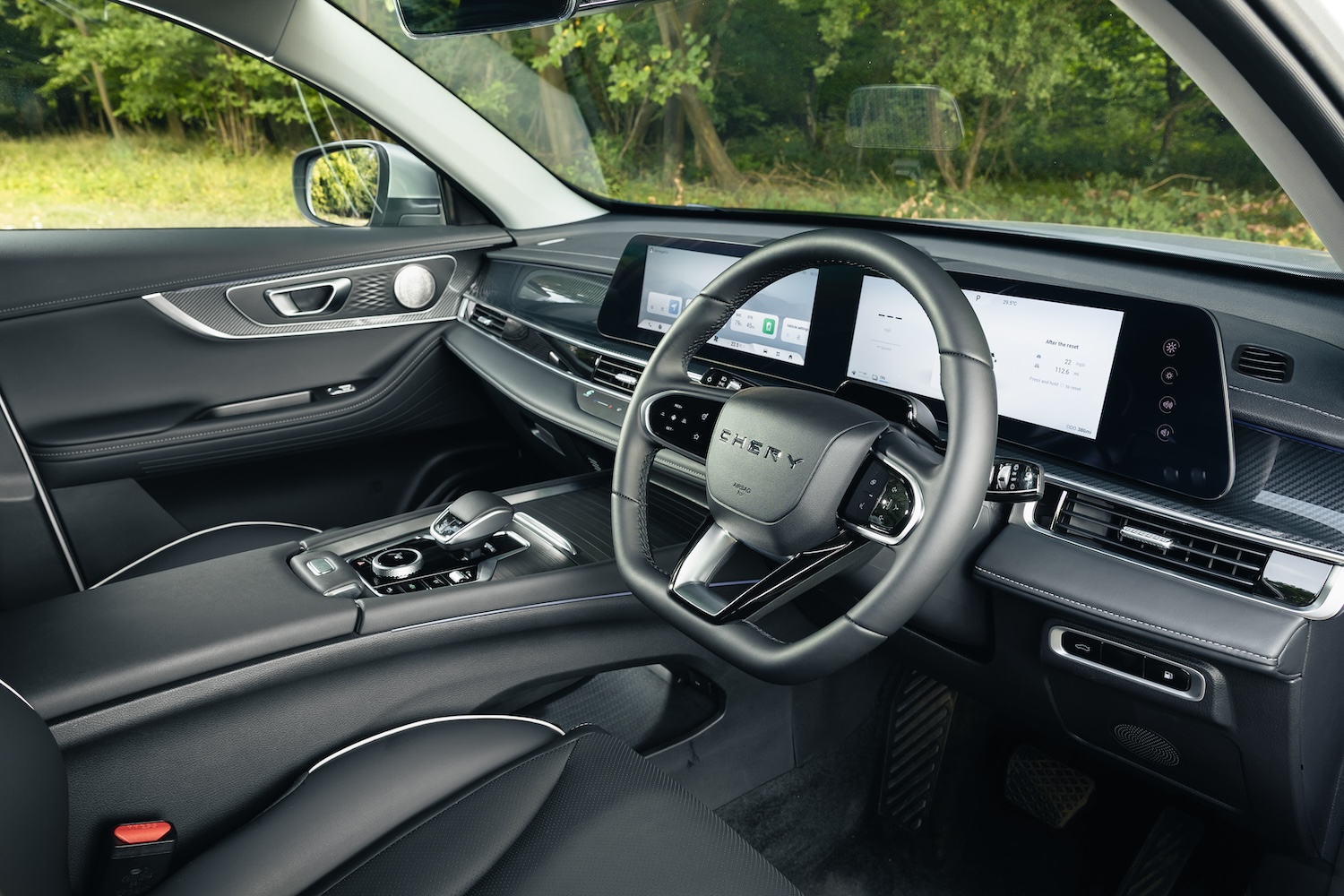
Interior, design/styling and technology
Inside, it's really hard to believe the Tiggo 7 is priced where it is. The dash design has shades of premium rivals – there’s faux carbon trim, flashy metal switchgear and speaker grilles that look suspiciously Mercedes-inspired.
Twin 12.3-inch screens are standard, covering driver info and infotainment, and they work well. Apple CarPlay hooks up quickly and, overall, the Chery system is quick to operate. The graphics are a little low-rent, though, and are nowhere near as smart-looking as the larger Tiggo 8's, strangely, which has a completely different screen and set-up.
Build quality is also impressive, not just for the price but in general. It all feels pretty well screwed together, with plenty of soft-touch materials in places you touch the most. On first impressions, the Tiggo 7 could stand up to family life abuse.
Motors, performance and handling
The plug-in hybrid system heavily favours electric running, so much so that it almost feels like a range-extender EV, like a Nissan Qashqai E-Power, with the petrol engine rarely intruding. Under hard acceleration the petrol does kick in, producing extra power and charging up the battery so that there's always some electricity available.
With 201bhp, the Tiggo 7 has a surprising amount of oomph, with 0-62mph taking less than nine seconds. Refinement is generally good, helped by double-glazed windows, though tyre noise picks up at motorway speeds.
Comfort is the focus here: the Tiggo 7 floats nicely on rough roads, but it also wallows through bends and has an underlying harshness compared with rivals like a Kia Sportage or Hyundai Tucson.
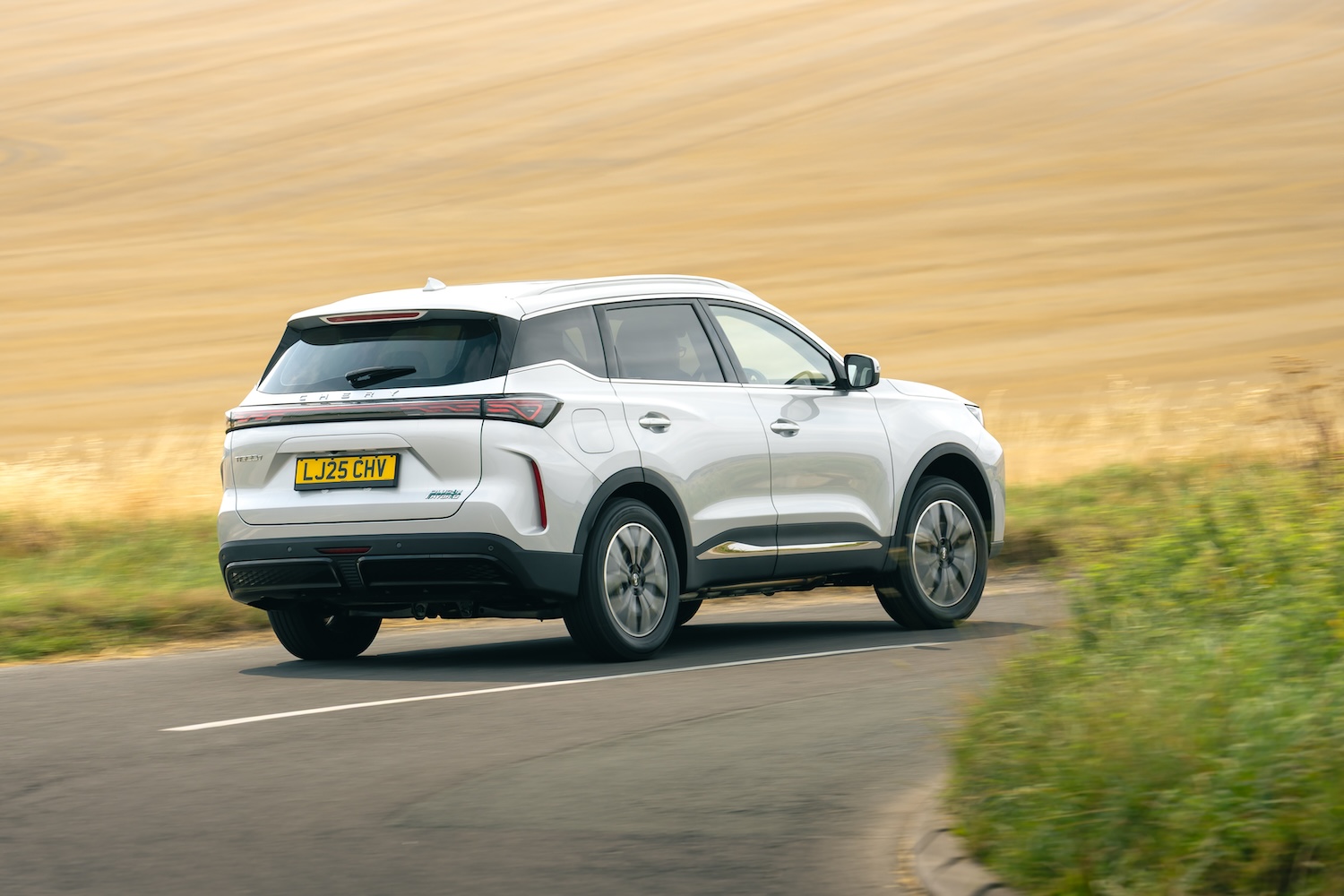
Running costs and pricing
Affordability is Chery’s ace card. At £29,995, the Tiggo 7 is the cheapest PHEV you can currently buy in the UK. Its value for money is underlined when you realise that its sister, the Jaecoo 7, costs over £35,000 despite it using the same hardware. But Chery feels that the Jaecoo name and more upmarket design justifies the premium. Company car drivers, meanwhile, will be pleased to know that the Tiggo 7 falls into the 9% bracket for 2025/26.
Like with MG and Kia, the Tiggo 7 comes with a seven-year warranty, while Chery claims an impressive 256.8mpg combined fuel economy figure for the Tiggo 7. However, just like with all plug-in hybrids, to get anywhere near that figure, you'll have to ensure you plug it in and charge it as frequently as possible.
Verdict
The Tiggo 7 shows exactly why Chinese brands are quickly capturing a slice of the UK car market and making the traditional European, Korean and Japanese car brands look over their shoulders. It nails the basics very well – it has loads of space, plenty of kit, and the PHEV’s pricing makes it hugely competitive.
A Ford Kuga PHEV is far more engaging to drive, and the Volkswagen Tiguan e-Hybrid has kerb appeal that the Chery can only dream about. But for those who just want a cheap, well-equipped and perfectly decent to drive family SUV, the Tiggo 7 will really appeal.





